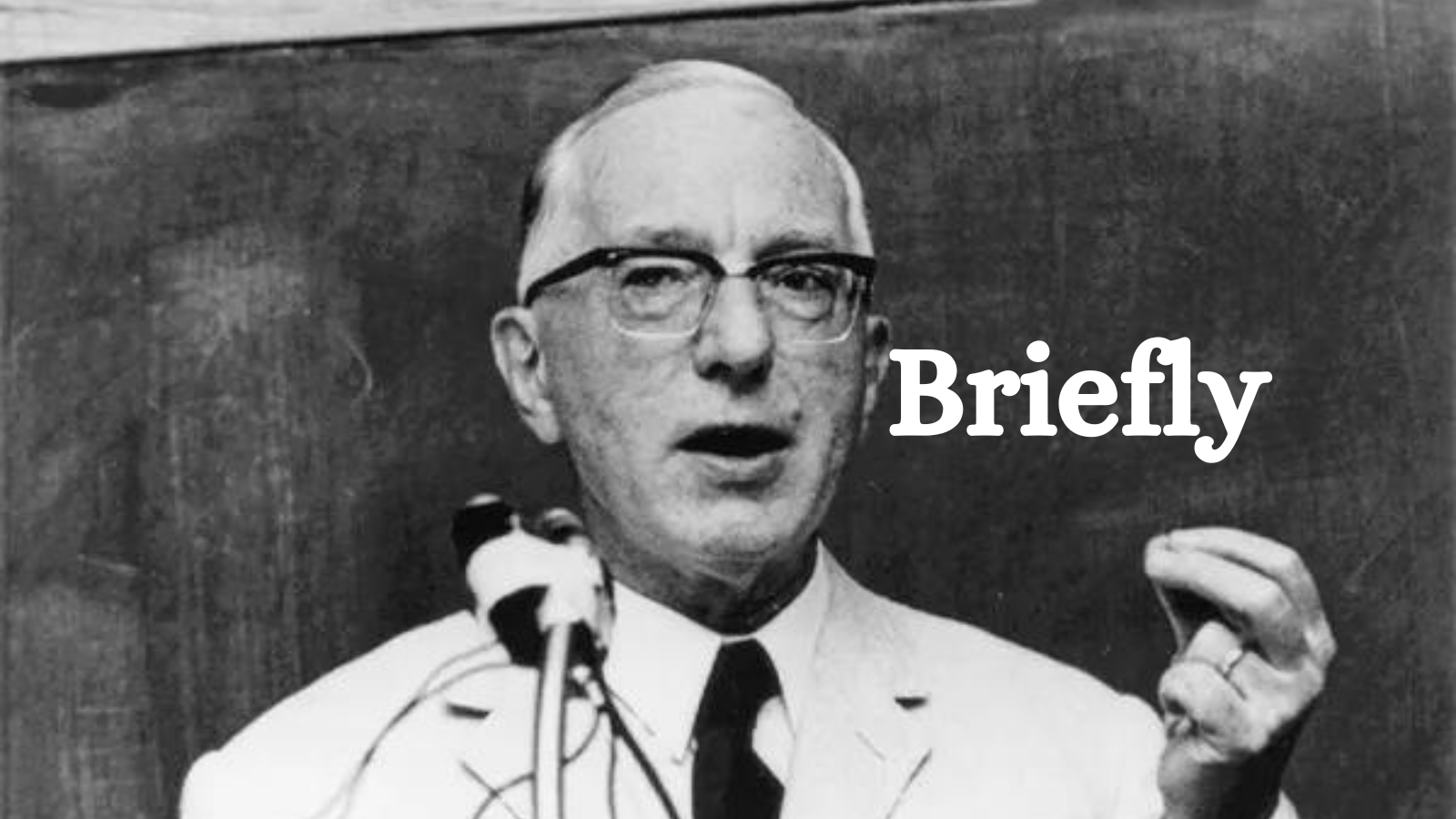Those Hippy Puritans

Exploring America's Millenarian Movements
We are a nation held together, paradoxically, by the agonism of conflicting millenarian projections: communists, race mythologists, space-alien cults, hippie utopians, biblical numerologists and an uncountable number of Great Awakenings.
That’s Joseph Keegin, writing last month in The Point.
I think he’s right, at least partially.
We are a nation of millenarian projections. And they do conflict.
But I wouldn’t say they hold the nation together.
America’s British settlers, Walter McDougall outlines in Throes of Democracy, consisted primarily of four cultures: (1) Puritans, who populated New England, (2) Cavaliers from southwest England, where folks talked differently, who settled the South, (3) Scots-Irish, who loathed the Act of Union that created Great Britain and put Scotland under the British yoke, so they came to America and populated Appalachia, and (4) Quakers, pacifists who merely wanted to follow their inner light and engage in commerce.
Most of those groups weren’t driven by millenarianism. Cavaliers were agricultural and traditional. The Scots-Irish were, well, redneck anarchists who only projected millenarianism after their second jar of homemade whiskey. The Quakers arguably had a millenarian streak, but in practice, they struck a solid balance between inner piety (the spiritual) and commerce (the earthly).
And then there were the Puritans.
The freakin’ Puritans.
They had a millenarian streak that just wouldn’t stop.
They’re also the group that probably stamped their “brand” on America more than any of the other four. Whether one celebrates Thanksgiving Day, shudders at the Salem witch trials, pumps his chest at the Boston Tea Party, loves Nathaniel Hawthorne, envies the naturalness of Henry David Thoreau, or admires the scores and scores of elite colleges (from Harvard and Yale to Bowdoin and Colby) that are packed into New England, the Puritan brand is tattooed deep on America’s brain.
G.K. Chesterton said, “In America, they have a feast to celebrate the arrival of the Pilgrims. Here in England, we should have a feast to celebrate their departure.”
When your head is filled with the spirit, to the point that earthly affairs are denied, neglected, or wholly subordinated to your (oh so sure) projections of what God expects, you can become self-righteously insufferable.
And the Puritans were insufferable.
One of the greatest philosopher-theologians in the Anglican tradition, a wise and erudite man named Richard Hooker (1544-1600), spent much of his life dealing with the Puritans, whose arguments and positions he found smug, stupid, and frustrating.
The Puritans, Hooker found, were doggedly devoted to their cause, much to the exclusion of all else. They latched onto a handful of wrong premises that broke radically with the Christian tradition. From those wrong premises, the Puritans exercised a fierce logic that, though the conclusions were terribly wrongheaded, couldn’t be gainsaid because, well, it was logical given their premises. They divided society into camps (themselves, the “brethren,” and everyone else, the “worldlings”). They believed in religious liberty, in the sense that everyone else could worship God in their own way while they would worship Him the right way. When they gained power, they imposed “taboos” on speech: things that couldn’t be discussed for fear that the Puritans’ wrong premises would become known.
The Puritans stamped all that junk on the American soul.
If you scratch any of Keegin’s “millenarian projections,” it’ll bleed Puritanism.
That’s right: I’m saying Hippie utopians are merely Puritans in the Haight-Ashbury.

I could break down the analysis for you: Peace and love transforming society into one of orgiastic sex, marijuana, and LSD, where no one works because all those big corporations just give their money away. The hippie movement was raw Puritanism without the work ethic, without John Winthrop’s ambitious “City on the Hill” speech.
But instead of breaking it down by analysis, I invite you to consider the stereotypical hippie. Just picture Forrest Gump’s Jenny strolling through DC in her gown while her boyfriend worked with the Black Panthers to bring about the revolution that would usher in the new society. Look at old photos from Woodstock. If you like it dark, watch Helter Skelter. If you like it fun, read The Electric Kool-Aid Acid Test.
Keegin’s quote above is instructive, but it barely breaks the surface.
There’s a rich history of heterodoxy that runs straight from the earliest Christian heretics (the gnostics) through the late Middle Ages and groups like the Cathars, into early modernity in groups like the Puritans, and finally into late modernity and postmodernity in fringe groups like Occupy Wall Street and the homesteading movement that urges people to get off the grid (“before it’s too late!”).
They all have one thing in common: a lack of balance.
Existence is a teeter-totter of tension between the spiritual and the earthly. It’s tough to maintain a balance: one foot on either side of the fulcrum, arms out in a balance, trying not to let either side of the bar dip too low.
Some people can’t take the tension.
So they say “f____ it” and put both feet on one side or the other, bringing one side of the teeter-totter all the way down, thereby eliminating the tense balancing act. And then, finding a sense of relief, they urge others to join them and enjoy the solid footing. A movement arises.
The movement eventually dies out because that teeter-totter is reality. It might suck, but that’s just the way reality is. It can’t be denied. And if it is, the movement that denies it will eventually die, just like Puritanism and the hippie movement.
You either teeter and totter, doing the best you can in this crazy uncertain existence, or you quit.
America, I’m afraid, has had way too many quitters.
Fortunately, we’ve also had a lot of men and women who have refused to quit, but that’s the subject for another day.

Photo by Pixabay on Pexels.com
